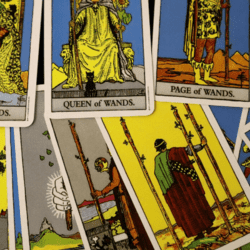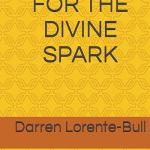[Editor’s Note: Please welcome Camelia Elias and her column, The Cartomancer. It runs on the second and forth Wednesday of every month. Subscription links are in the footer.]
Cards: They answer questions. Not only that, but they also teach us to be better at asking the really good questions. The questions that map our concerns beyond our fears.
Back in my youth, when I didn’t read aphorisms or The Three Musketeers, I’d read about all things magical. My fascination with mysticism – in spite of all my Marxist beliefs – is vibrant, and I try to incorporate as much of it as I can in my personal and professional life.
Although I work for a living as a professor of American Studies at Roskilde University in Denmark, my area of interest is sacred and secret texts, the history of the so-called occult sciences, and telling stories with cards. I’m interested in poetic language and its oracular voice. Whenever I hear this voice I experience the sublime. It’s like going to a museum, getting quiet contemplating an image, and listening to its message hit me hard in the gut. I decide that I don’t know what it is, but I like it. When I encounter the oracular I’m ready for action: ‘Hello God, nice to meet you again. What am I good at today? What am I good for?’
In my professional life I pretend that I research into poetry, creative writing, and critical thinking, but the truth is that what I’m always looking for is to get a sense of all the writers’ souls. What are they afraid of? How do they fix it? Do they ever go to see a fortuneteller? The famous poet T.S. Eliot did, though by the time he sat down to write what some claim is the most famous poem in Western literature, he forgot to credit Madame Sosostris who provided him with all the inspiration for his wasteland. But I come along and do some digging here and some there. I restore some justice and quietly curse the ingrate. It’s not the worst kind of job. It allows me to claim that all poetry is a form of divination.
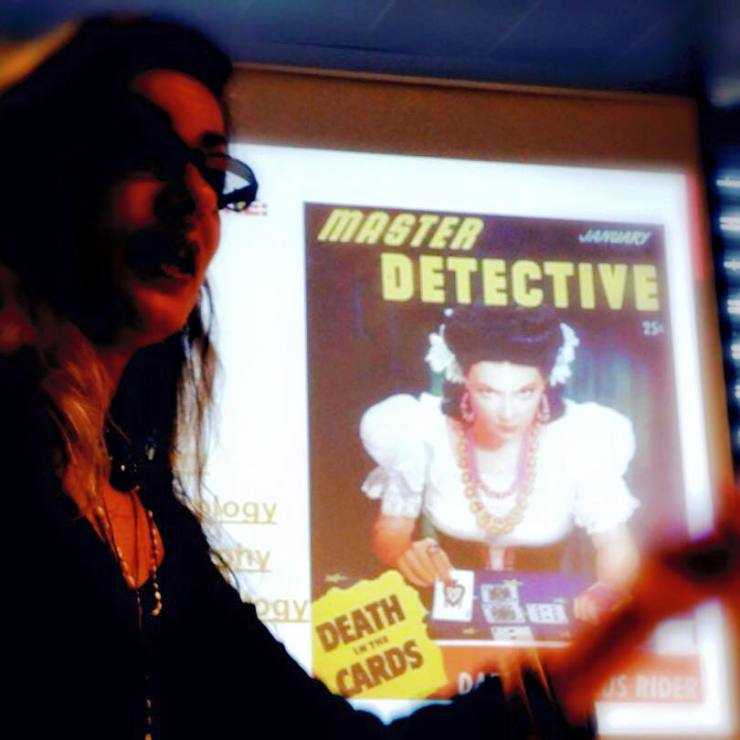
The same goes for divination. It’s all poetry. It’s kicking the soul upstairs where it can make some serious distinctions. When are we sensitive? When are we cunning? If I listen intently to my own questions, I find that my ambivalence gives rise to the oracular voice. But what does it all mean? I lay down three cards and I get an answer. I find that what I read in the cards is the kind of poetry that has the power to act as spell work. I get to work. Do I understand what I’m doing here? Do I know my place? Does this knowing of my place require knowing myself first? How about bewitching myself?
I grew up in Romania where I lived until I was 21. At 46 I often go back to my childhood place. I hear the voice of my mother: ‘I’m going upstairs for coffee.’ But in Romania, widows who lived on their husbands’ pensions didn’t just have coffee. ‘Is Madam Gibesco going to read your cards again?’, I hear myself echoing from the past, while mother is making a dismissive gesture. ‘I’m too complex for that woman. She can’t read my cards. We’ll just have a splash of tasseomancy, reading the coffee beans in our cups instead.’ After the séance mother would come home and do some serious bibliomancy. She thought the Bible was the best. ‘Now, let’s see if Madam Gibesco got it right. You never know about this woman’s magic and interpretative skills’. And so it went, divination ad infinitum, checking and double-checking, asking the question and answering it too.
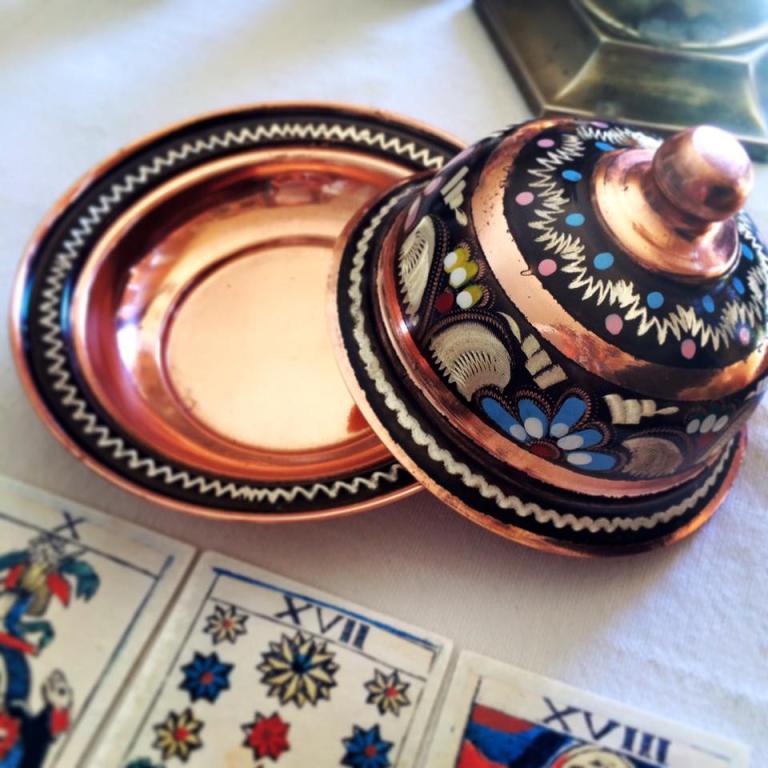
The women I grew up with didn’t read the cards for growth in their personal spirituality. They just read the cards. They looked at the images and observed what elements in each card would rhyme with other visual cues in some of the other cards: ‘Now, look,’ they’d say: ‘Do you see these two cups turn into two horses? Do you think that’s good?’ That usually wasn’t too good. Too much work having to discipline those animals all the time, what with each pulling in different directions. What tone did the cards have, rising or falling? Look at the Knight of Coins, chasing his dream. But going about with your head in the clouds can make you lose it. Here comes the Hanged Man, empty-pocketed, coins splashing in all directions on the ground. Boom. That didn’t go too well. ‘Watch out for the 10 swords.’ Too late. It’s all done.
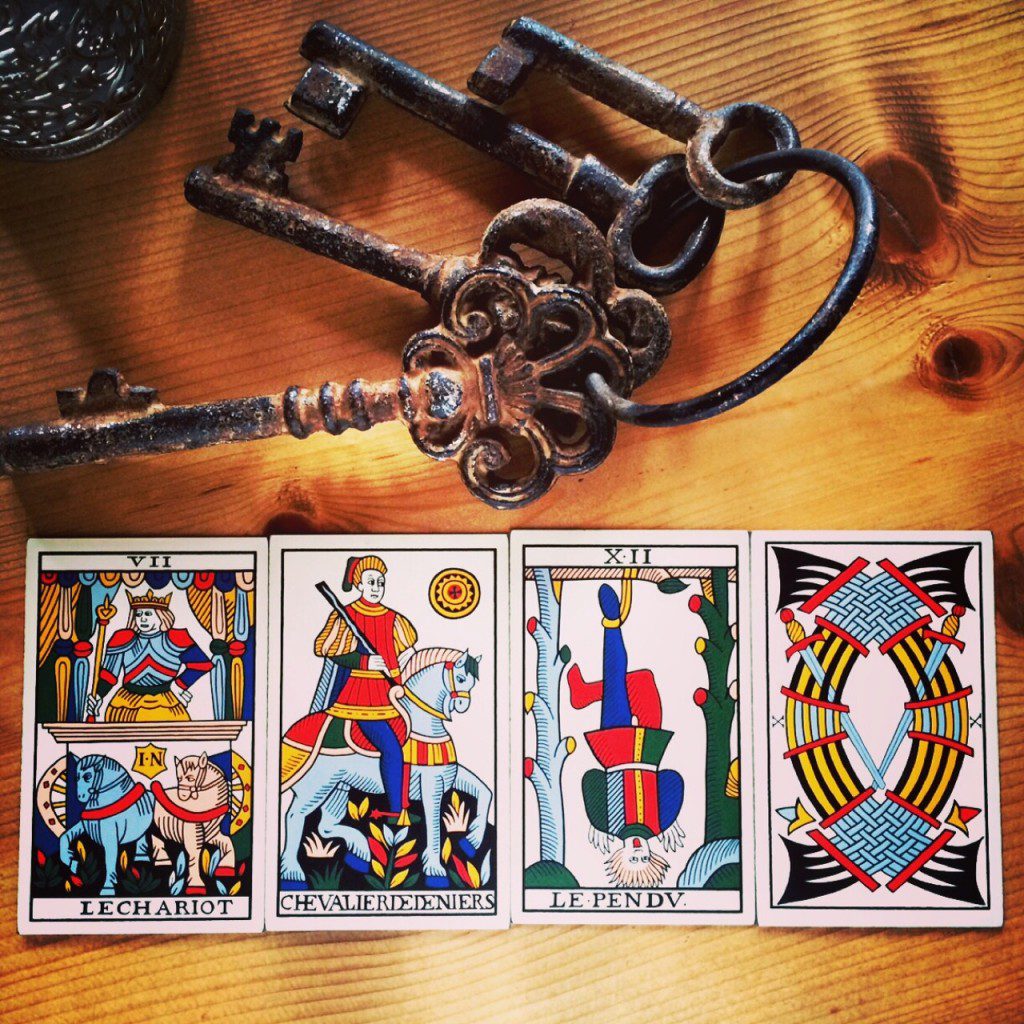
The magical women I grew up with didn’t have any midlife crisis, identity crisis, or any other crisis that one encounters everywhere these days. If their husbands would cheat on them, they’d consult their cards. The actions ensuing were as sharp as a razor. Heads would fall down. No mercy. I’ve seen the cards make people condense their thinking so solidly that it rendered them as cold as ice. But I’ve also seen the cards make people understand their situations so profoundly that they would end up becoming professors of logic.
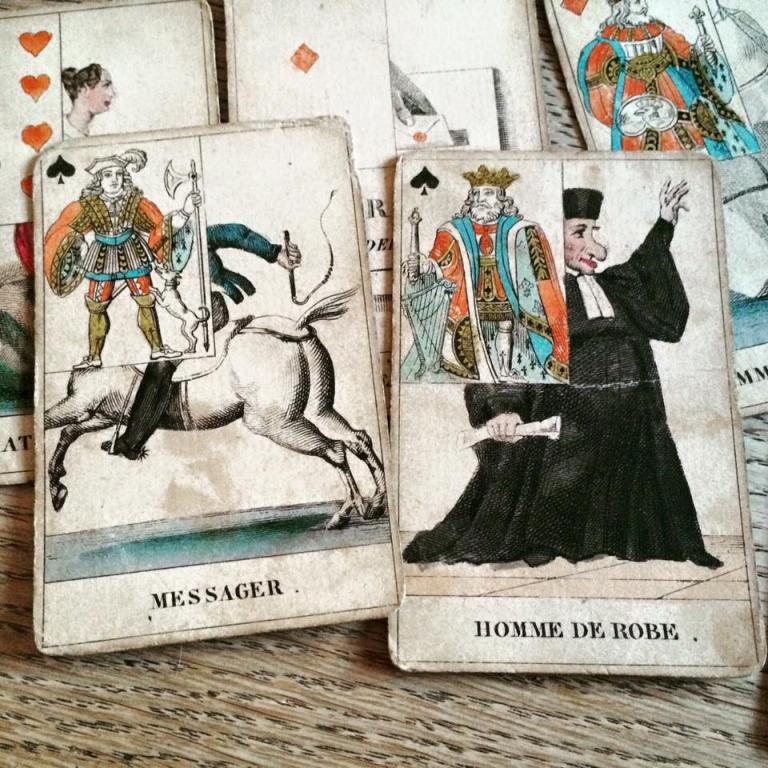
I’m here to impart some of this wisdom that came down to me in the form of stories with the cards, stories that can make people aware of their presence, or absence, in the world. Perhaps I’d like to give people a sense of how we can figure out what our place in the world is, if we dare to use the cards as a tool for asking the important questions, the nasty questions, the questions that hurt us, and the questions that teach us a lesson. I read the cards as a means of tapping into the wonderful memory of situated wisdoms.
I intend to write about people and their stories written with cards. No question is too small for the cards. They answer everything. I will use fascinating cards in my examples, from the old tarot cards to playing cards and other oracle-type cards. I will endeavor to introduce the readers to simple methods of reading the cards, and in the process contribute to building up a community of folks who think, and who think about themselves as relational selves.
Let me start with myself in context, posing this question to the cards:
How can I best serve Agora and its readers?
Three cards fell on the table:
The Star, The World, The Wheel of Fortune
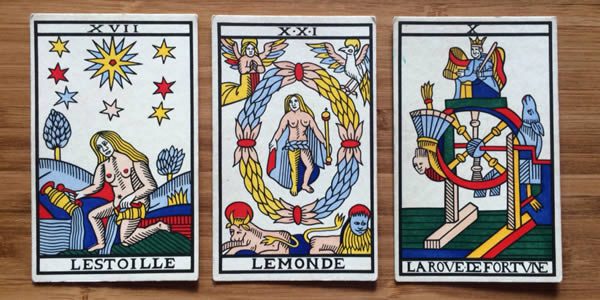
They say the following:
Give of yourself and guide according to your stars.
Enter the whole world naked, and address it from within.
Let the good times roll.
If you’re inclined to read more besides what I’m about to unfold here, I recommend a visit to my website.
§
NOTE ON THE CARDS:
- Jean Noblet, Marseille Tarot, 1650, as reconstructed by Jean-Claude Flornoy.
- The Sorcerer’s Fortunetelling Playing Cards, ca. 1850 in the collection of K. Frank Jensen.

Patheos Pagan on Facebook.
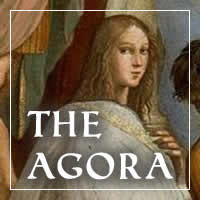
the Agora on Facebook
The Cartomancer is published on the second and fourth Wednesday of a month. Subscribe via RSS or e-mail!
Please use the links to the right to keep on top of activities here on the Agora as well as across the entire Patheos Pagan channel.











